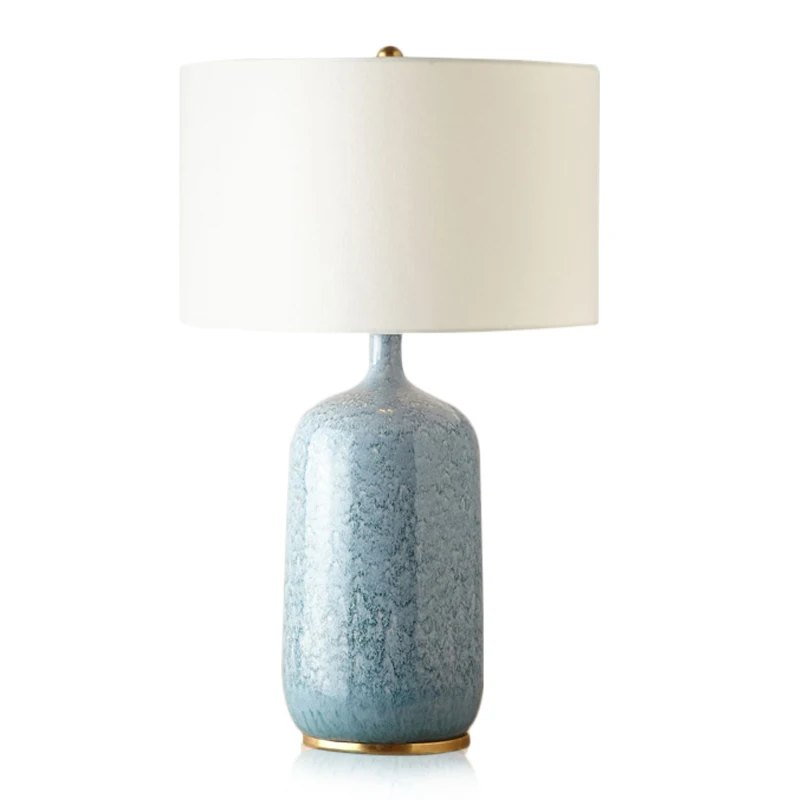
LEAFLETS
PRODUCTS
Wall Lights A Guide to Choosing the Ideal Illumination for Your Needs
Understanding Your Lighting Needs
Before embarking on your wall light quest, it's crucial to define your lighting objectives. Are you seeking ambient lighting to create a general glow, task lighting for focused illumination on a specific area (like reading), or accent lighting to highlight artwork or architectural features? The purpose of the light directly influences the style, brightness, and placement of the fixture. Consider the activities that take place in the room. A bedroom might require soft, calming light for relaxation, while a kitchen might need brighter, more functional lighting for food preparation. Understanding these nuances ensures you choose wall lights that effectively serve their intended purpose.
Also, consider the existing lighting in your space. Do you have a central ceiling fixture providing ample general illumination? If so, wall lights might serve primarily as accent or task lighting. However, in rooms with limited ceiling fixtures, wall lights might play a more significant role in providing ambient light, requiring a brighter and more strategically placed fixture.
Choosing the Right Style and Design
Wall lights come in an astounding variety of styles, from sleek and modern to ornate and traditional. The style you select should harmoniously complement your existing decor. A minimalist, contemporary home might benefit from clean-lined, geometric wall lights, while a more traditional setting might call for elegantly curved fixtures with intricate detailing. Consider the materials used—metal, glass, wood, or fabric—and how they interact with the overall aesthetic of the room.
Beyond the overall style, think about the size and shape of the fixture. A small, understated wall light might suit a hallway or a narrow passage, whereas a larger, more statement piece could become a focal point in a living room or dining area. The scale of the wall light should be proportional to the size of the wall and the surrounding furniture. A disproportionately large fixture can overwhelm a small space, while a tiny light can get lost in a large one.
Considering the Type of Bulb and Light Output
The type of bulb significantly impacts the quality and intensity of the light emitted. LEDs are now the most popular choice for their energy efficiency, long lifespan, and versatility in color temperature. They offer a wide range of color temperatures, from warm white (creating a cozy ambiance) to cool white (providing bright, functional illumination). Consider the desired mood and functionality of the space when selecting the color temperature. Incandescent bulbs, while providing warm, inviting light, are significantly less energy-efficient.
The light output, measured in lumens, indicates the brightness of the bulb. A higher lumen value translates to brighter light. The required lumen output depends on the size of the room and the lighting needs. For task lighting, you'll need brighter lights than for ambient lighting. Always check the manufacturer's specifications to ensure the chosen bulb is compatible with the wall light fixture.
Placement and Installation
The placement of your wall lights is critical to their effectiveness and aesthetic appeal. Consider the height of the fixture, ensuring it's positioned appropriately for the intended purpose. Task lighting, such as reading lights, should be placed at a height that directs light directly onto the reading material without causing glare. Ambient lighting, on the other hand, can be positioned higher on the wall to create a broader, softer glow.
Proper installation is crucial for both safety and functionality. Unless you have experience with electrical work, it's best to hire a qualified electrician to install your wall lights. Incorrect installation can lead to electrical hazards and potentially damage the fixture. Always ensure the fixture is securely mounted to the wall and that the wiring is properly connected to avoid any potential problems.
Budget and Maintenance
Establish a realistic budget before you start shopping. Wall lights range in price considerably depending on the materials, design, and brand. Factor in the cost of the bulbs as well as any potential installation fees. Compare prices from different retailers to find the best value for your money.
Finally, consider the maintenance requirements. Some wall lights require more regular cleaning than others, particularly those with intricate designs or exposed surfaces. Choose a fixture that is easy to clean and maintain, ensuring its longevity and aesthetic appeal for years to come. By carefully considering these factors, you can select wall lights that not only enhance your home's beauty but also provide the perfect illumination for your needs.
SUBSCRIBE
INQUIRY










